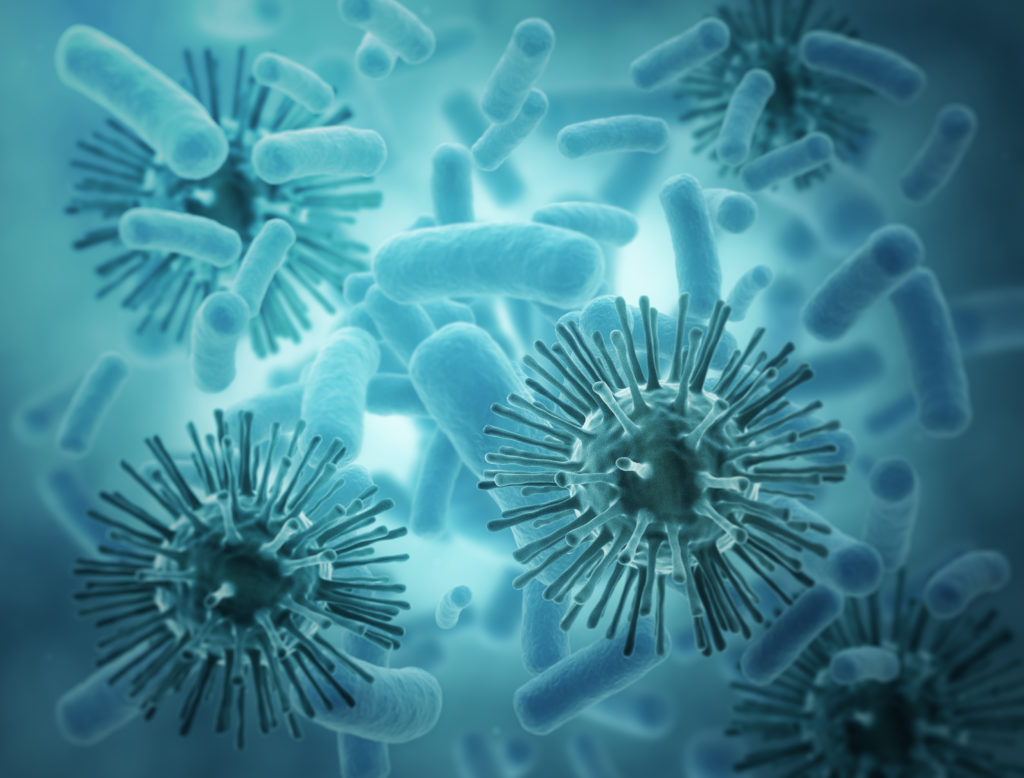Antibiotic resistance will spread faster than previously thought
New insights of antibiotic resistance
The increasing prevalence of antibiotic-resistant pathogens poses a significant threat, and many, previously well-controlled, bacterial infectious diseases could be again in the future to mortal danger. A research team could now win at the example of fish from aquaculture new insights into the transmission mechanisms of antibiotic resistance between bacteria. These are more diverse than previously thought.
Micro-organisms resistant to a variety of substances
“In the last 70 years, the use of antibiotics in Human and veterinary medicine has steadily increased and led to a dramatic increase of resistant micro-organisms,” says Prof. Dr. Michael Schloter, head of the Department of Comparative microbiome analyses (COMI) at the Helmholtz Zentrum München. Particularly dramatic was that many microorganisms are not only resistant to an antibiotic, but against a variety of different substances. The more difficult, in particular the treatment of infectious diseases, the scientists. “We wanted to find out, what are the mechanisms of resistance development are based on,” said Schloter. Their study results were published in the specialist magazine “Microbiome“ published.

In the current study under Professor Schlotter was looking for together with his Team, and Danish scientists to Gisle Vestergaard (University of Copenhagen and the Helmholtz center Munich) of fish from aquaculture: Specifically, it was Piaractus mesopotamicus, Pacu known species from South America that is often kept in aquaculture. The animals were 34 days of the antibiotic Florfenicol with the food. During and after the scientists took samples from the digestive tract, and searched for relevant genetic changes in the resident bacteria.
Resistance to jump through the genome
“As expected, the administration of the antibiotic led to an increase in the genes for corresponding resistance,” explains COMI-PhD student Johan Sebastian Sáenz Medina, the first author of the work. An example of such genes for pump proteins that transport the drug out of the bacteria out. “Particularly interesting is the increasing number of so-called mobile genetic elements in the vicinity of these resistance genes was for us,” added Sáenz Medina. I suggest that the bacterial resistance by virus – called a phage – and Transposons.
Plasmids are solely for the exchange of resistance genes responsible
Further meta-genomic studies confirmed that these mobile genetic elements to jump across the genome, parts of the genome carried away – including the resistance genes – and elsewhere re-insert. Previously, it was assumed that the so-called plasmids (simplified easily transferable Mini-chromosomes) are for the exchange of resistance genes responsible.
Result of the study
“The realization that the resistance is also transferred away from the plasmids on a large scale between bacteria is quite surprising,” this is the conclusion of Professor Schloter to the current study. “On this basis, the appropriate spread should be checked models and adjusted. In addition, our data on rain well to Reflect, whether and to what extent it should operate the world’s increasing number of aquaculture with antibiotics,“ says the study leader. (fm)



